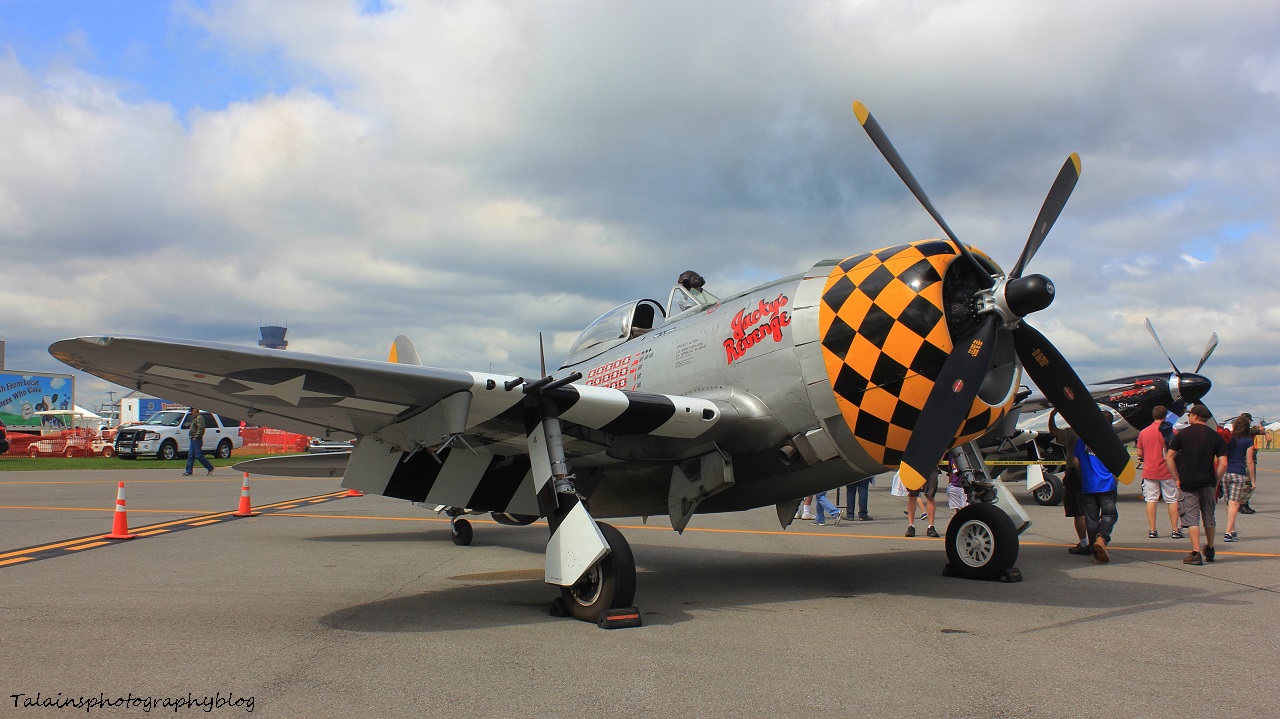Seventy years ago, amidst the chaos and fury of World War II, the skies were electrified with the sound of American thunder. The legendary P-47 Thunderbolt, a formidable fighter aircraft, played a vital role in the epic air battles of that era, earning its place in history as a symbol of American air power.
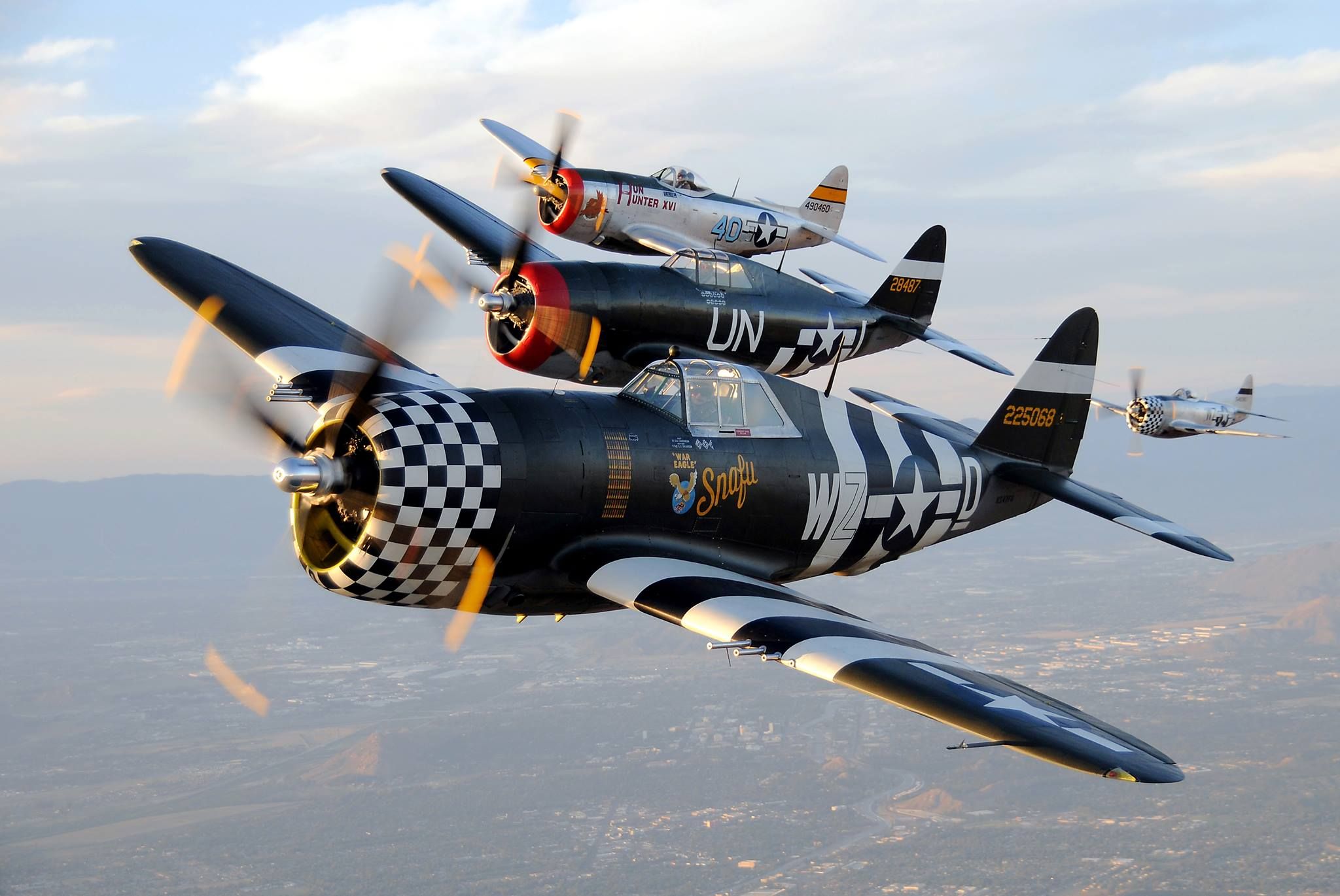
In the midst of World War II, the P-47 Thunderbolt roared into the skies, establishing itself as a symbol of American military might and resilience. Its journey from conception to becoming an iconic warplane is a tale of innovation, courage, and the sheer determination of the American spirit.

Developed by Republic Aviation, the P-47 Thunderbolt was designed to be a high-speed, high-altitude fighter plane. Armed with eight .50-caliber machine guns and the ability to carry bombs and rockets, it proved to be a versatile and powerful aircraft. Its rugged construction and robust design earned it the nickname “Jug” due to its resemblance to a common milk jug.
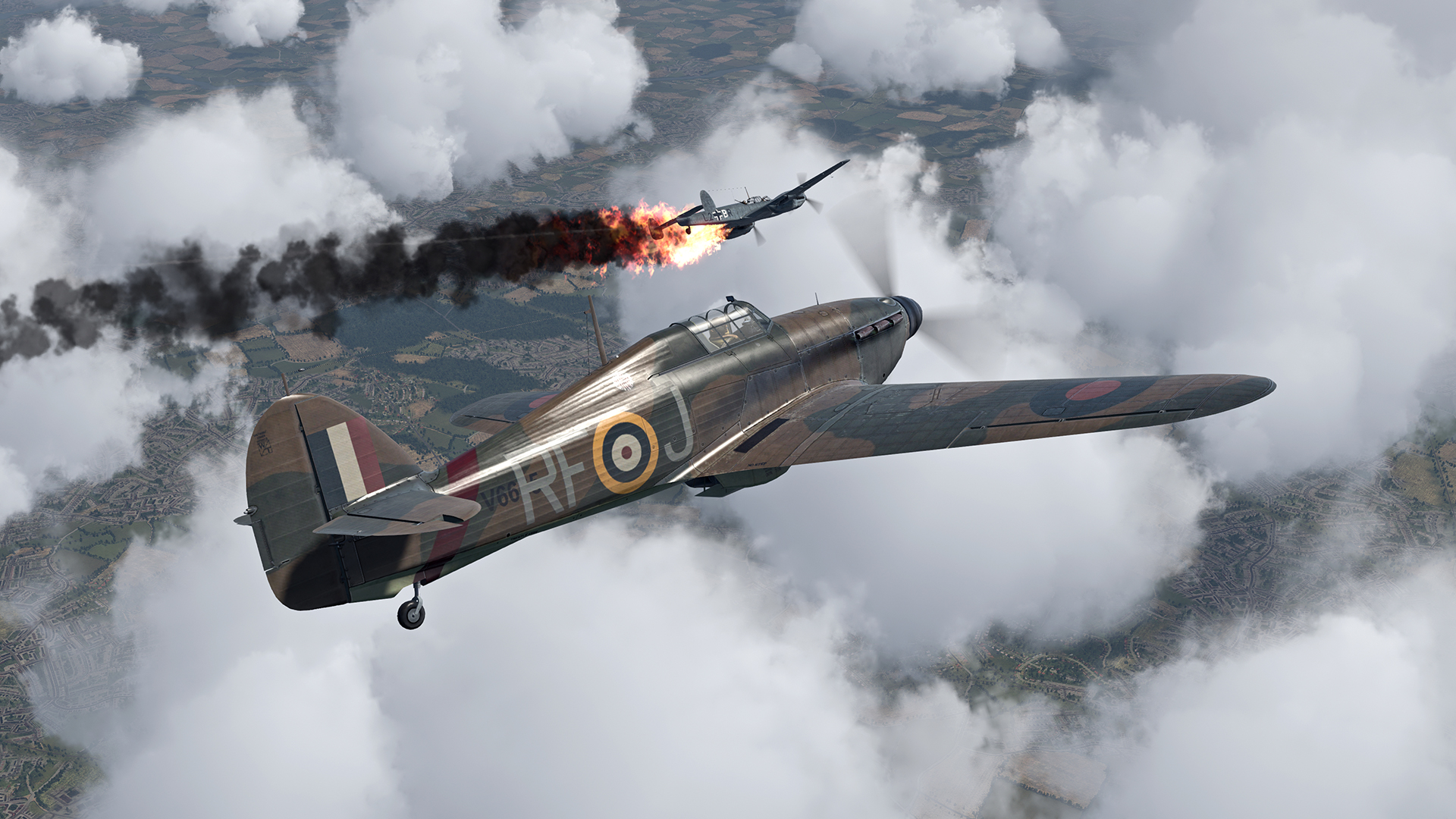
The Thunderbolt’s role in World War II cannot be overstated. It was known for its exceptional speed, range, and the ability to dive and climb with impressive agility. The powerful Pratt & Whitney R-2800 Double Wasp engine provided the Thunderbolt with the horsepower needed to dominate the skies. Its eight .50-caliber machine guns could unleash a hail of bullets upon enemy aircraft, making it a formidable opponent.
One of the most significant feats of the P-47 Thunderbolt was its capacity to absorb damage and still return home. Pilots often marveled at its resilience, with stories of Thunderbolts limping back to base with extensive battle damage. This attribute endeared the aircraft to its pilots and earned it the reputation of being a “tank with wings.”
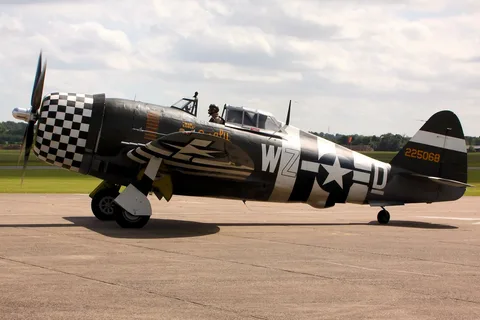
The Thunderbolt’s performance in air battles was awe-inspiring. It was instrumental in escorting heavy bombers like the B-17 Flying Fortress and B-24 Liberator on their perilous missions deep into enemy territory. The Thunderbolt’s ability to fend off enemy fighters and provide cover for the bombers contributed significantly to the success of Allied bombing campaigns.
One of the most iconic moments in the Thunderbolt’s history came during Operation Overlord, the Allied invasion of Normandy on D-Day. Thunderbolts played a pivotal role in clearing the skies of German aircraft and establishing air superiority, which was crucial for the success of the invasion.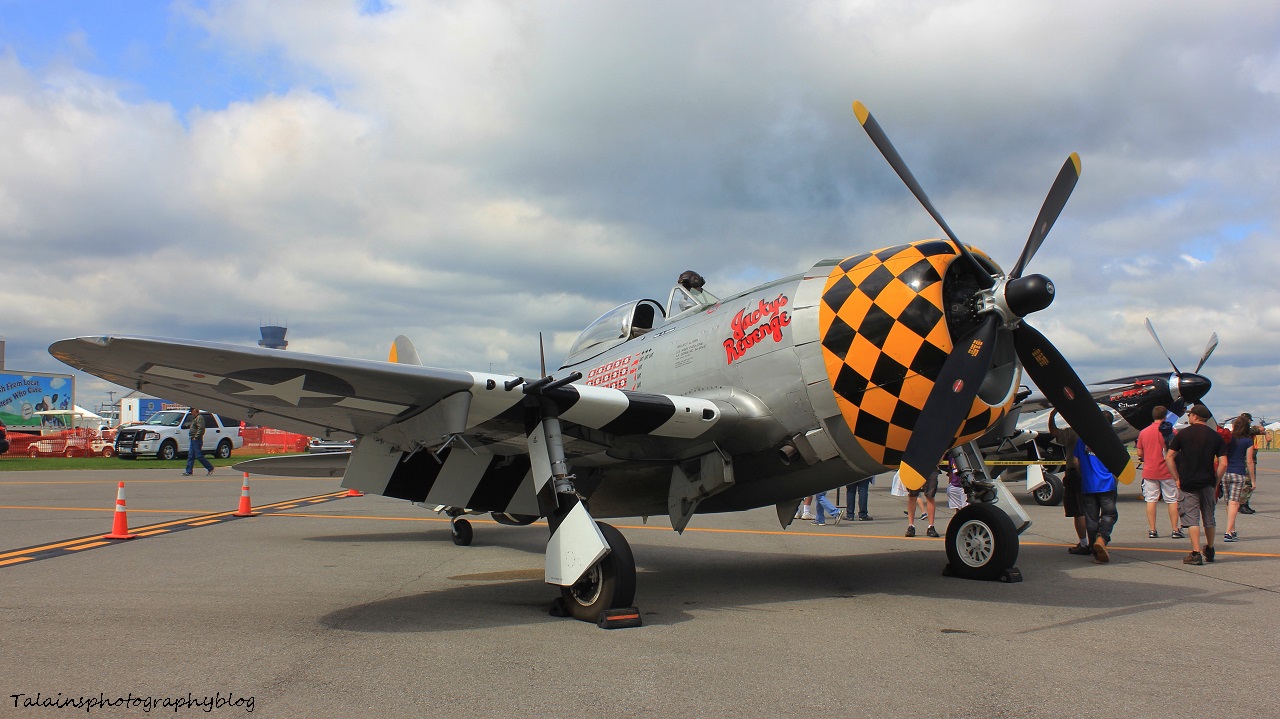
The Thunderbolt’s legacy lives on, not only as a symbol of American air power but as a testament to the bravery and skill of the pilots who flew it. Seventy years have passed since its heroic feats in World War II, but the Thunderbolt’s memory endures as a reminder of the sacrifice and valor of those who served their country.
As we commemorate the 70th anniversary of World War II, it is essential to remember the Thunderbolt’s contribution to the war effort. It was more than just a machine; it was a symbol of freedom, courage, and the American spirit. The P-47 Thunderbolt recreated American thunder in the skies, and its legacy continues to inspire generations of aviators and history enthusiasts alike.

